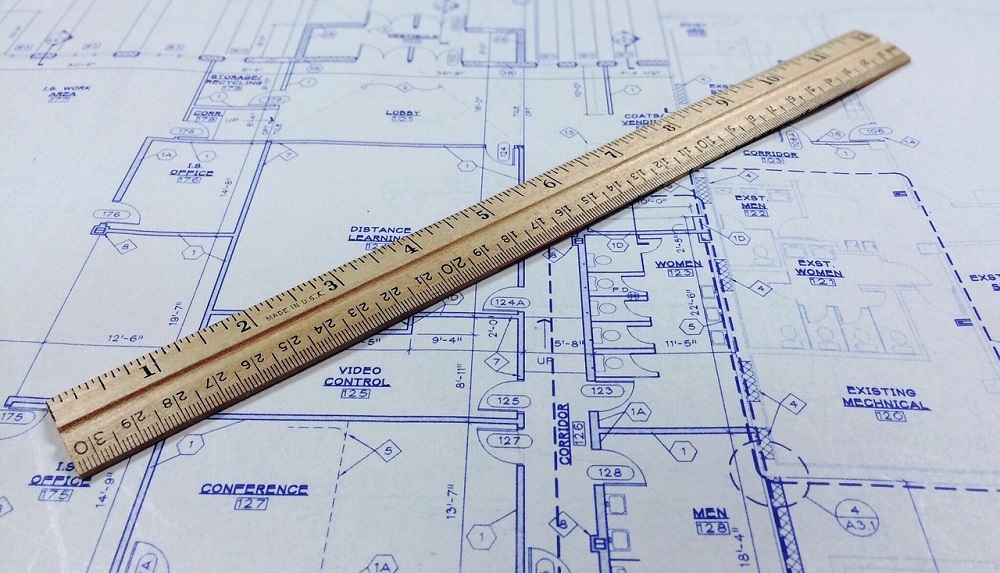This is a pretty good time to be an architect or engineer fresh out of school.
A WalletHub study of the best entry-level jobs found that engineers rank first and architects rank 10th out of a group of 109 professions.
Also on the list are electrical engineer (sixth), industrial designer (36th), interior designer (40th), mechanical engineer (41st), and civil engineer (66th).
The results were determined by examining three dimensions: immediate opportunity, growth potential, and job hazards. The categories had 11 total metrics with a score from 1 to 100. The scores were averaged and weighted, and then combined into one total score.
Engineer was pushed toward the top because of the demand (it ranked first in job openings and fifth in immediate opportunity), and architect was found to be a job with favorable immediate opportunity and job growth potential.
ArchDaily’s Vladimir Gintoff provided some context for the architects’ score. “The study doesn’t appear to consider the debt that many architects graduate with, and it also doesn’t specify where this study was conducted," he wrote. "Also, though many of the top professions could be based in cities, architecture firms seem to hold affinities to urban environments above other careers, adding cost-of-living as a potential gouge to earnings. Nonetheless, the information should be reassuring to those deciding if they would like to pursue a career in architecture and also to the long term viability for the profession.”
Towards the bottom of the list are the tradespeople: electrician (74th), machinist (101st), carpenter (105th), and welder (109th, last). The low scores were largely due to the job hazards associated with them.
Related Stories
Architects | Nov 18, 2016
A Frank Lloyd Wright building in Montana will soon be demolished, or will it?
The building is one of only three Frank Lloyd Wright-designed buildings in the state.
Architects | Nov 11, 2016
Six finalists selected for London’s Illuminated River competition
The competition is searching for the best design for lighting the bridges of central London.
Healthcare Facilities | Nov 10, 2016
Prescription for success: Managing technology in the design of healthcare facilities
While the benefits of intelligently deployed technology are abundantly clear to both designers and healthcare end-users, it’s no simple task to manage the integration of technology into a building program.
Industry Research | Nov 4, 2016
New survey exposes achievement gap between men and women designers
Female architects still feel disadvantaged when it comes to career advancement.
Architects | Nov 2, 2016
NCARB launches ARE 5.0
The newest version of the exam required for an architecture license, ARE 5.0, launched on Nov. 1.
Architects | Oct 24, 2016
Winners of the 2016 AAP American Architecture Prize announced
The AAP recognizes the most outstanding architecture worldwide across three disciplines: architecture, interior design, and landscape architecture.
Architects | Oct 21, 2016
A process of analysis and synthesis gives architects and designers the information they need to create
Sometimes people look only for the simple answer and don’t understand that there is a calculated process to get there, writes HDR’s Lynn Mignola.
Architects | Oct 21, 2016
The AIA Innovation Award Recipients have been selected
The program honors projects that highlight collaboration between design and construction teams to create better process efficiencies and overall costs savings.
Architects | Oct 21, 2016
NASA Orbit Pavilion to debut at The Huntington Library at the end of October
The pavilion uses sound to represent the movement of the International Space Station and 19 earth satellites.
Higher Education | Oct 20, 2016
Designing innovative campuses for tomorrow's students
Planning for places that foster effective innovation is still an emerging process, but the constant pressure on universities to do so continues from two of their key institutional constituencies—students and employers, writes Perkins+Will's Ken Higa and Josh Vel.
















